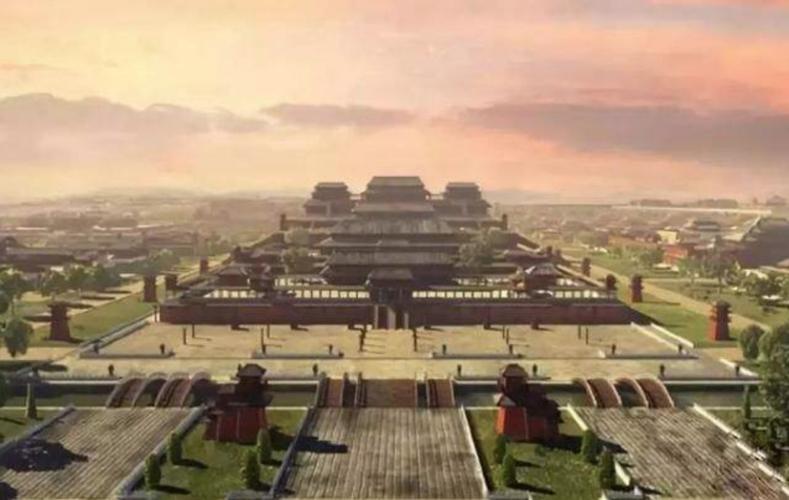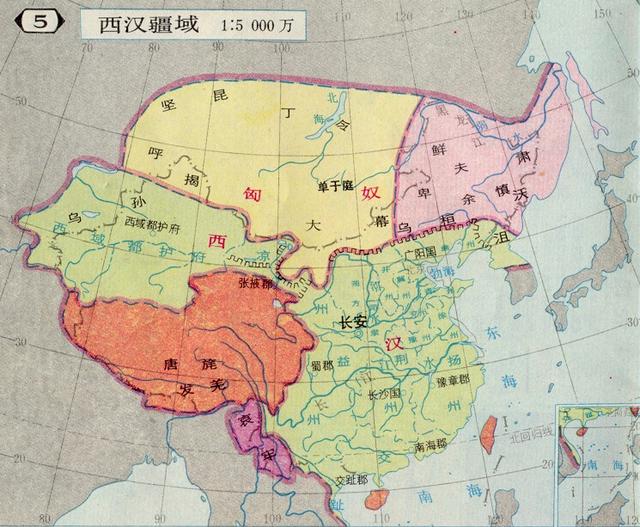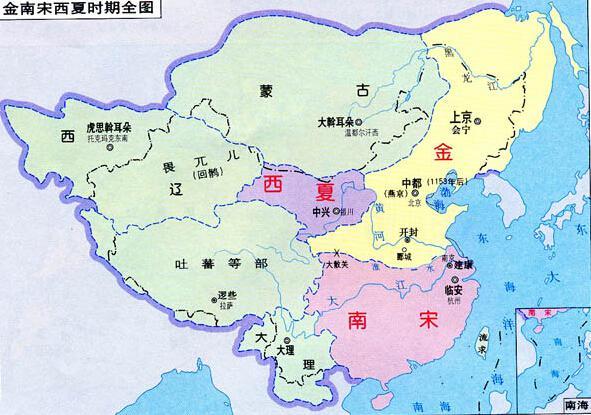Presence of the State and Changes of Dynasties
3 min readThe Xia, Shang and Western Zhou dynasties were an important period for the formation and development of early states.
Around BC 2070, Yu set up Xia, the first dynasty in Chinese history.

Yu divided the whole country into “nine regions”and established the capital in Yangcheng(today’s Dengfeng). The administrative regions included today’s Henan, Hebei, Shanxi, Shandong, Shaanxi, Jiangsu, Zhejiang, Anhui, Hubei, etc. Yu also collected all the bronze in the state to make nine huge “dings”(an ancient cooking vesse1), symbolizing its supreme authority.
The Xia Dynasty built palaces and cities with walls and moats for protection, established management institutions for different matters as well as the official posts at different levels. Furthermore, it also defined tributes and taxes, set up military forces, formulated ritualism and criminal laws, built jails and carried out other functions of a sovereign state.

The succession of authority from Yao and Shun to Yu was originally performed through peaceful abdication with the atmosphere of primitive democracy. Yu, by means of his authority, used his son Qi’s power to defeat the Dongyi Tribe Chieftain Yi, the planned successor of Yu, and conquered other rebellious tribes. From then on, the hereditary system replaced the abdication system and this was followed by the later dynasties.
There are few historical records of the Xia Dynasty. However, the archeological excavations complement the historical records, presenting a relatively complete cultural view of the dynasty.

The area and period of existence suggested by the Erlitou Cultural Relics from Yanshi, Henan generally match the location of the Xia Dynasty. At the site, the earliest palace cluster in China to date was discovered. They were standard and orderly in layout, symmetrical along the central line, equipped with roads and pottery-pipe ditches, as well as a temple for offering sacrifices to ancestors. Jade, pottery and bronze ritual ware were also excavated at the site. Cast bronze and pottery mills were distributed around the city, indicating social division of labor. The difference in tomb systems and funereal articles, and more than 30 skeletons with signs of binding and execution, are indicative of the gap between the rich and the poor, social hierarchy and class confrontation. All these indicate the establishment of the rudiments of a country in the Xia Dynasty.
The Xia Dynasty lasted more than 470 years. The final ruler of the dynasty was cruel and extravagant, and was opposed by the masses and deserted by his followers. Around BC 1600, Tang, the chieftain of the Shang Tribe living in the lower reaches of the Yellow River, united numerous tribes to terminate the Xia Dynasty and establish the Shang Dynasty with Bo as its capital (Yanshi, Henan). The capital was later relocated several times. In BC 1300, Pangeng, the ruler of Shang, moved the capital to Yin(today’s Anyang, Henan) and stayed there from then on. Thus, the Shang Dynasty is also called the Yin Dynasty.
The sovereignty of the Shang Dynasty lasted more than 500 years, until the Zhou Tribe rose from the Weishui River and replaced it. In BC 1046, King Wuwang of theZhou Fief, together with more than 800 tribes, defeated the troops of Zhouwang of the Shang Dynasty and established the Zhou Dynasty with its capital in Haojing(west of today’s Xi’an,Shaanxi).It is called the Western Zhou in history.At the end of the Western Zhou Dynasty,the vassals were strong while the court declined.In BC 771,the northwestern Quanrong ethnic group captured Haojing and killed Emperor Youwang,marking the end of the Western Zhou Dynasty.








